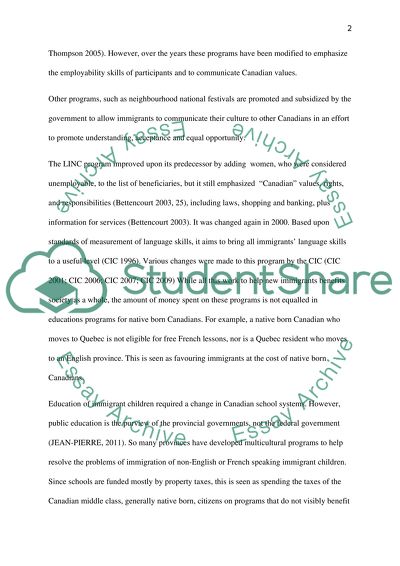Cite this document
(“Do the policies and ideology of multiculturalism unite us or divide us Essay”, n.d.)
Retrieved from https://studentshare.org/history/1494737-do-the-policies-and-ideology-of-multiculturalism
Retrieved from https://studentshare.org/history/1494737-do-the-policies-and-ideology-of-multiculturalism
(Do the Policies and Ideology of Multiculturalism Unite Us or Divide Us Essay)
https://studentshare.org/history/1494737-do-the-policies-and-ideology-of-multiculturalism.
https://studentshare.org/history/1494737-do-the-policies-and-ideology-of-multiculturalism.
“Do the Policies and Ideology of Multiculturalism Unite Us or Divide Us Essay”, n.d. https://studentshare.org/history/1494737-do-the-policies-and-ideology-of-multiculturalism.


